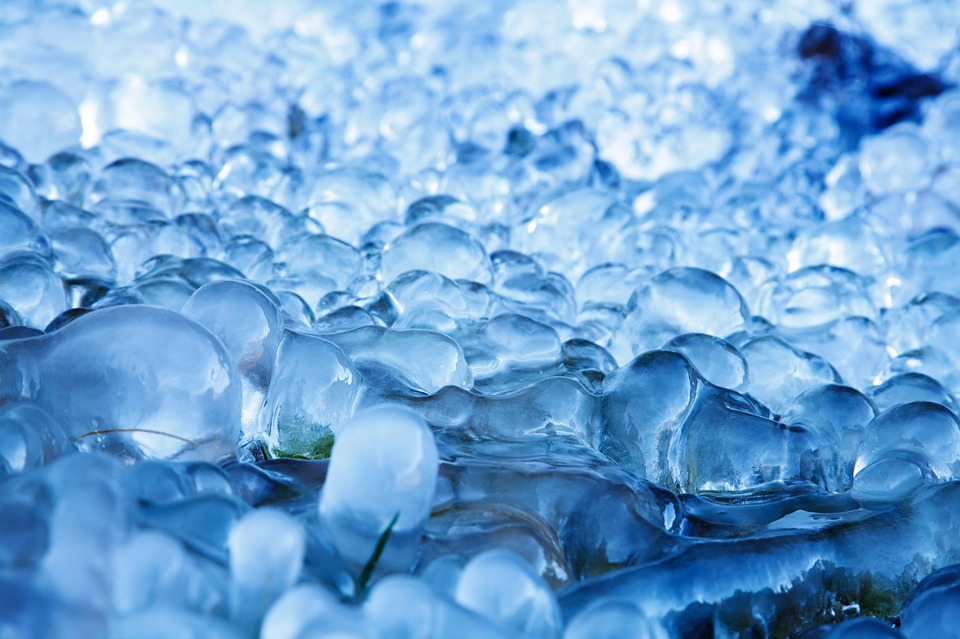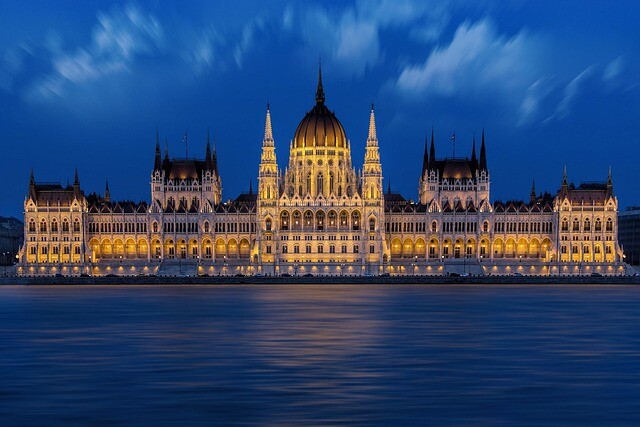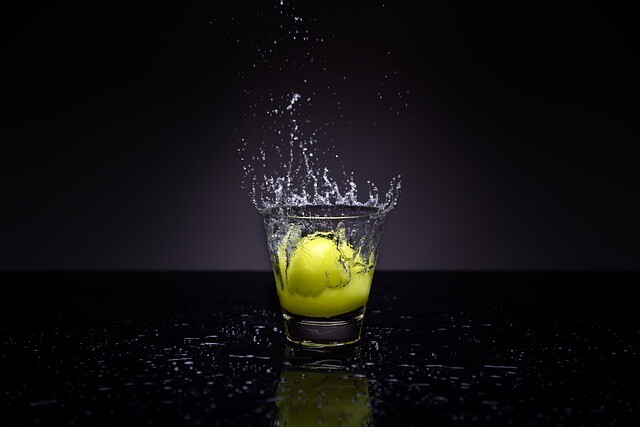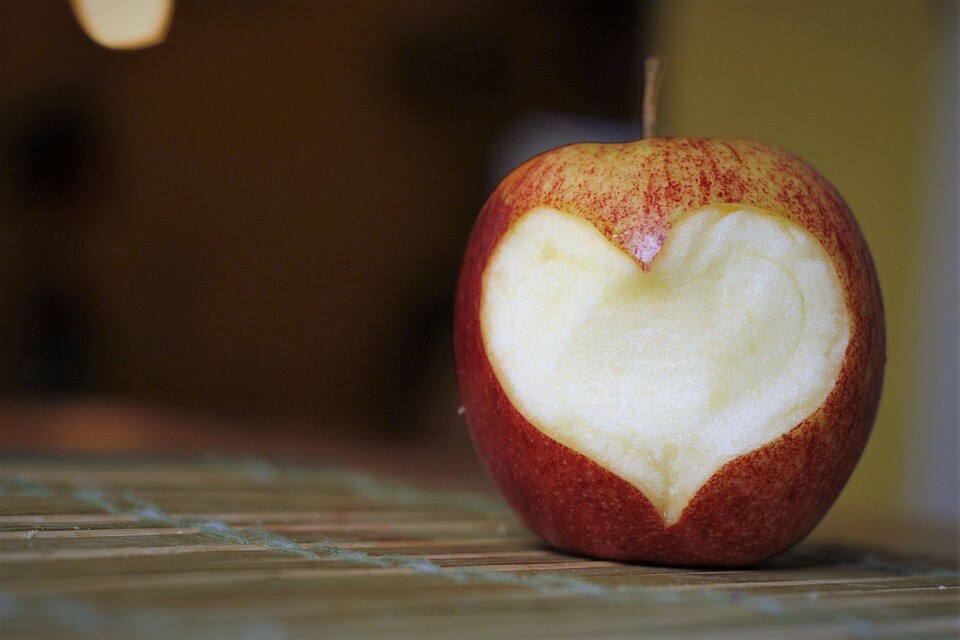The glaciers of the Himalayas are melting to an extreme
The glaciers in the Himalayas are melting tremendously, threatening the water supply of millions of people in Asia, a study found.

According to a study led by the University of Leeds, glaciers in the Himalayas in recent decades have melted ten times faster than the average of the last glacial depression 400-700 years ago, the so-called Little Ice Age, according to PhysOrg.com.
Research shows that glaciers in the Himalayas are melting faster than glaciers in other parts of the world - scientists call the rate of melting extraordinary.
Research under the scientific journal Reports has reconstructed the size and surface of 14,798 glaciers in the Himalayas during the Little Ice Age. According to their measurements, glaciers have lost about 40 percent of their territory: their area has decreased from 28,000 square kilometers to 19,600 square kilometers. During this period, 390-586 cubic kilometers of ice were lost: this amount corresponds to the total amount of ice in the glaciers of the Central European Alps, the Caucasus and Scandinavia today. The water released by melting has raised sea levels by 0.92-1.38 millimeters worldwide, according to experts.
After the Arctic and Antarctica, the Himalayas have the third largest amount of glacier ice, often referred to as the "third arctic."
Accelerating the melting of these glaciers is having a significant impact on the lives of hundreds of millions of people who depend on the great river systems in Asia for food and energy. Such rivers are the Ganges, the Indus and the Brahmaputra.
Glaciers in the eastern region are melting faster in the Himalayas. According to experts, this is likely to depend on differences in geographical features and interactions with the atmosphere, resulting in different weather patterns.
Those that run into lakes also melt faster than those that end on land, as they have a warming effect. The number of these is increasing, and this is also expected to accelerate the rate of melting.
Glaciers with a higher amount of natural sediment on their surface also melt faster: although they account for only about 7.5 percent of all glaciers, they contribute 46.5 percent to total ice melting.
(Source: marmalade.co.uk; MTI | Image: pixabay.com)





















